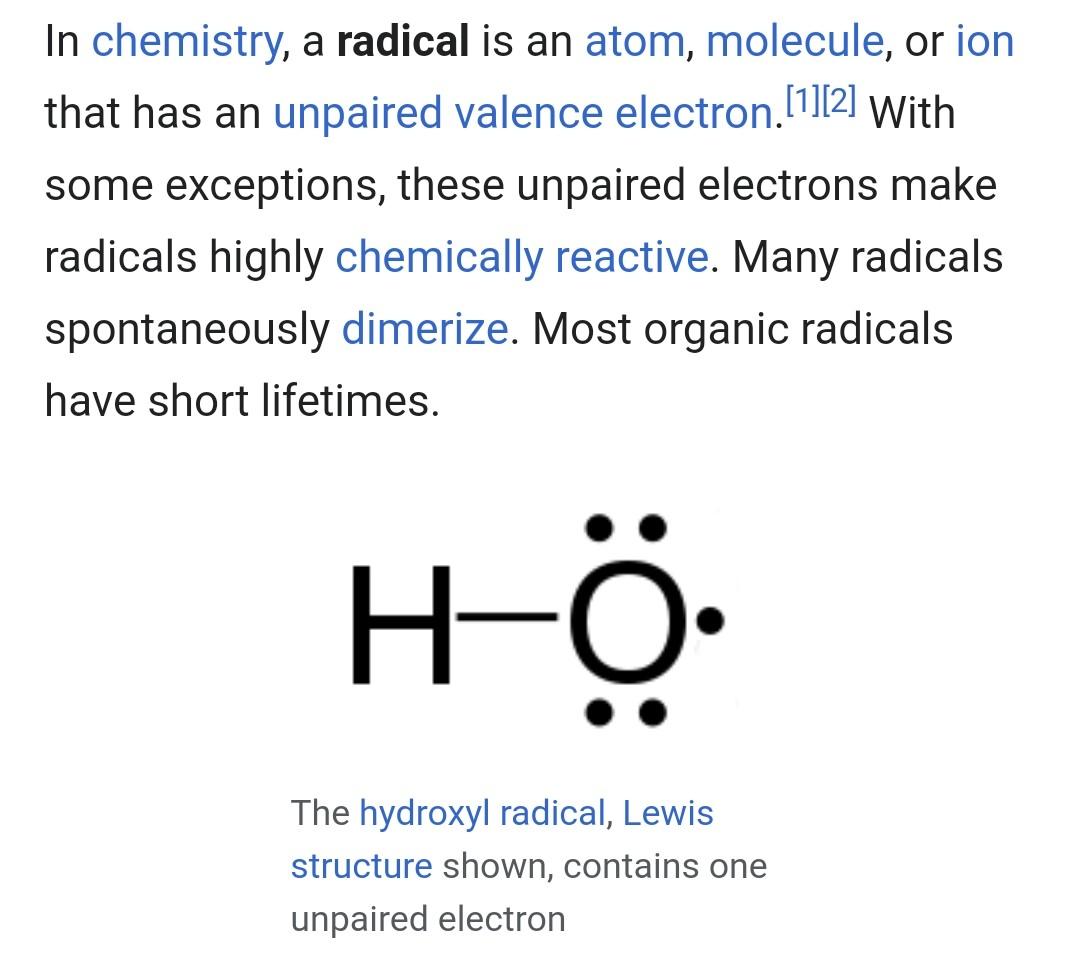Time management is very much important in IIT JAM. The eduncle test series for IIT JAM Mathematical Statistics helped me a lot in this portion. I am very thankful to the test series I bought from eduncle.
Nilanjan Bhowmick AIR 3, CSIR NET (Earth Science)Seethalakshmi Sambasivam posted an Question
- IIT JAM
- Chemistry (CY)
What is free racial ??
what is free racial ?? how it is formed ... how it differs from cation anion ??
- 0 Likes
- 3 Comments
- 0 Shares
-
![eduncle-logo-app]()
In a bond it contains 2 eletron right.
![eduncle-logo-app]()
If undergo homolytic cleavage then free radical generates
![eduncle-logo-app]()
If the bond undergo heterolytic cleavege then cation & anion is generated
![eduncle-logo-app]()
see
![eduncle-logo-app]()
See this
![eduncle-logo-app]()
this means the molecule breaks into atom that will be as a reactive atom... with same number of valence electrons
![eduncle-logo-app]()
yes
-
![comment-profile-img]() >
>
Priyanshu kumar
![best-answer]()
Free radical is formed by homolytic bond cleavage
![eduncle-logo-app]()
Free radicals are formed from molecules via the breakage of a chemical bond such that each fragment keeps one electron
![eduncle-logo-app]()
An ion carries a charge, that means that the number of electrons and protons do not match. Electrons have a negative charge and protons have a positive charge. A radical has an unpaired electron, but does not have a net charge because the number of protons equals the number of electrons.
![eduncle-logo-app]()
got this??
![eduncle-logo-app]()
please ask if any doubt
![eduncle-logo-app]()
that means it breaks as original atom ?? am I correct
![eduncle-logo-app]()
no two cleavage mainly occurs...one is homolytic and second one is heterolytic
![eduncle-logo-app]()
This occurs due to electronegativity differences
![eduncle-logo-app]()
I cannot understand clearly
![eduncle-logo-app]()
okk wait
![eduncle-logo-app]()
when there is electronegativity difference between two atoms ..then more EN atom withdraws bonding electrons towards itself and cations and anions is formed
![eduncle-logo-app]()
and when EN difference is O...then homolytic bond cleavage occurs and each atom acquire one bonding electrons...this is nothing but radical
![eduncle-logo-app]()
Then the shared electrons that make bond are taken by the atom that shared then molecules turns to original atom itself ?? am I correct
![eduncle-logo-app]()
like when Br2 breaks to 2Br...
![eduncle-logo-app]()
so outer most orbital consist of same number valence electrons
![eduncle-logo-app]()
yes they share one one bonding electrons which they used for covalent bond
![eduncle-logo-app]()
will some elements undergoes free radical or all elements ..
![eduncle-logo-app]()
first condition i tell you that no electronegativity differences between both atoms and second presence of light
![eduncle-logo-app]()
if n2 molecule undergoes free radical rexn... how many electrons will be there same 1 radical
Do You Want Better RANK in Your Exam?
Start Your Preparations with Eduncle’s FREE Study Material
- Updated Syllabus, Paper Pattern & Full Exam Details
- Sample Theory of Most Important Topic
- Model Test Paper with Detailed Solutions
- Last 5 Years Question Papers & Answers
Sign Up to Download FREE Study Material Worth Rs. 500/-













 >
>







Amol ashok pawar
Radicals are uncharge species from Ed by cleavage of the molecule. It maybe because of light or heat. They have a unpaired electron Cation and anion are charged species (+-) without a unpaired electron Radicals are highly reactive than ions. They usually form dimers